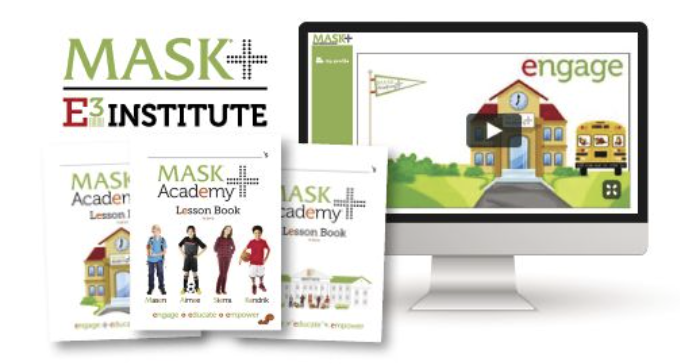
College Students and Underage Drinking
September 27, 2024Bullying through exclusion, sometimes called “social bullying” or “relational aggression,” involves intentionally leaving someone out, ignoring them, or preventing them from participating in group activities. This form of bullying can be particularly harmful because it targets a child’s social connections and self-esteem. Here are key aspects and strategies to address bullying exclusion:
1. Recognize the Signs
- Changes in Behavior: Children who are being excluded might become withdrawn, anxious, or reluctant to go to school or participate in activities.
- Social Isolation: Notice if a child is suddenly being left out of social activities, ignored by their peers, or not invited to group events.
2. Understand the Impact
- Emotional Harm: Exclusion can lead to feelings of loneliness, rejection, and depression. It can severely affect a child’s self-worth.
- Social Development: Being excluded can hinder a child’s ability to develop healthy relationships and social skills.
3. Encourage Open Communication
- Create a Safe Space: Encourage children to talk about their feelings and experiences without fear of judgment or punishment.
- Ask Open-Ended Questions: Instead of asking “How was your day?” try “Who did you spend time with today?” or “Did anything happen today that made you feel left out?”
4. Promote Empathy and Inclusion
- Teach Empathy: Help children understand the impact of their actions on others. Role-playing and discussions about feelings can be effective.
- Model Inclusive Behavior: Show by example how to include others in activities and treat everyone with respect.
5. Educate About Bullying
- Define Bullying: Make sure children understand what bullying is, including exclusion, and why it’s wrong.
- Empower Bystanders: Teach children to speak up if they see someone being excluded. Encourage them to include others in their activities.
6. Work with Schools and Communities
- Anti-Bullying Policies: Ensure that schools have clear policies against bullying, including exclusion, and that they are enforced.
- Peer Support Programs: Advocate for peer mentoring programs where older students support younger ones or create buddy systems to help isolated kids make friends.
7. Support the Excluded Child
- Rebuild Confidence: Help the child build their self-esteem by encouraging participation in activities where they can meet new friends and succeed.
- Connect with New Peers: Support the child in finding new social groups where they feel accepted and valued.
8. Intervene When Necessary
- Address the Bullying: If a child is being excluded, intervene by talking to the child, the other children involved, and possibly the school to address the behavior.
- Seek Professional Help: If the exclusion has caused significant emotional distress, consider consulting a counselor or psychologist.
9. Teach Conflict Resolution
- Communication Skills: Teach children how to express their feelings and resolve conflicts in a healthy way, rather than resorting to exclusion or other forms of bullying.
10. Encourage Positive Peer Relationships
- Group Activities: Encourage participation in group activities that foster teamwork and inclusion, such as sports, clubs, or group projects.
- Positive Role Models: Expose children to role models who demonstrate kindness and inclusivity.
Addressing bullying through exclusion requires a proactive approach involving education, communication, and support. By fostering an environment of empathy and inclusion, children can learn to build healthy, respectful relationships with their peers.
To learn more tips and parenting subscribe to MASK The Magazine, parenting solutions for today’s families
Subscribe to MASK The Magazine
Or
Did you know that you can add past issues of MASK The Magazine and start your MASK Library –
Enroll your child or school in the MASK E3 Institute to equip them with the knowledge to make safe healthy and informed decisions.




